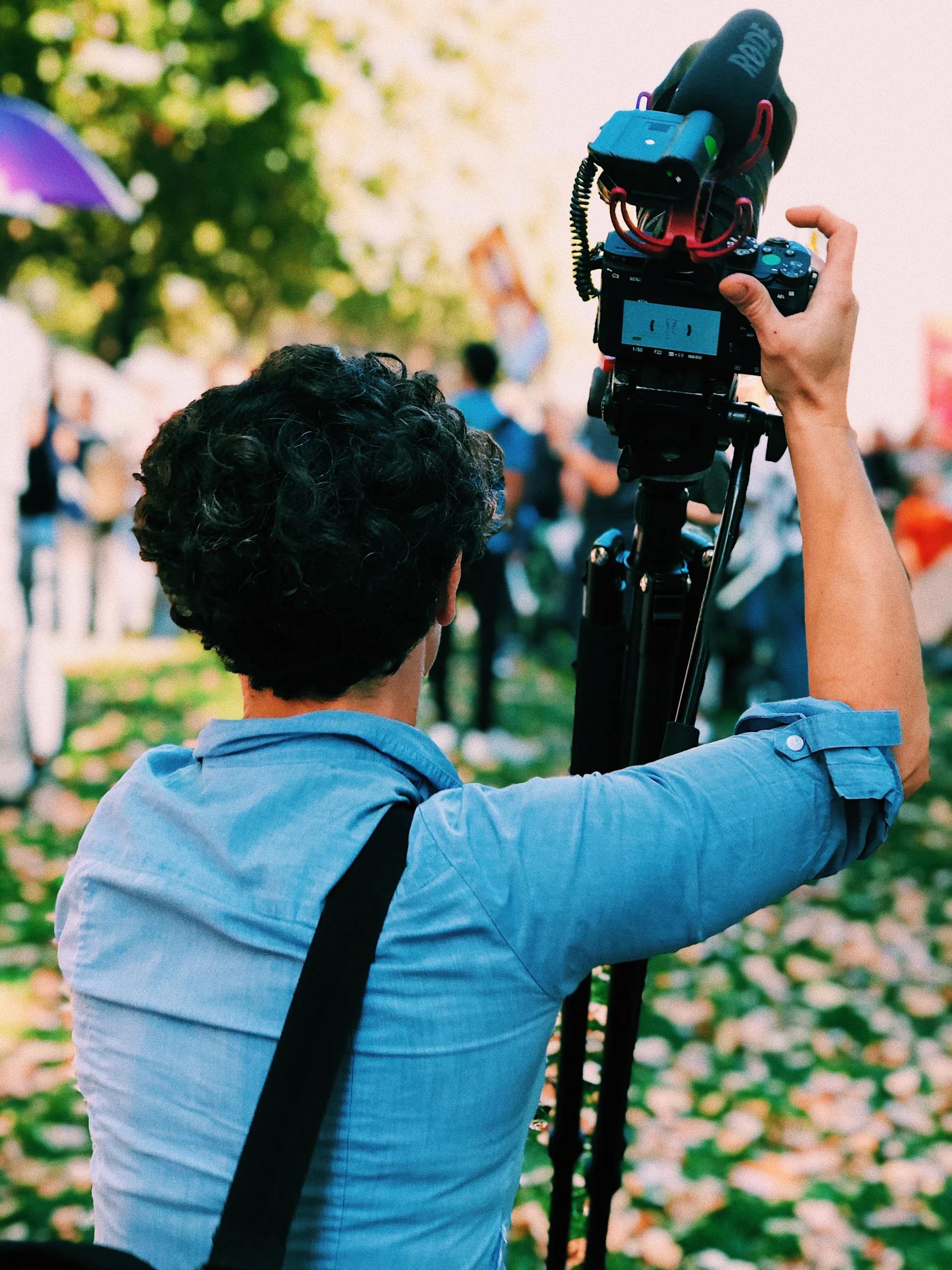Ever wonder how shows like The Daily Show with Trevor Noah, Last Week Tonight with John Oliver, or even The Joel McHale Show with Joel McHale are able to present an assortment of TV clips from around the country and even around the world on a given topic with such precision? Do they have an army of Red Bull-fueled interns sitting in supply closets surrounded by walls of TVs, watching, waiting, commiserating, all in search of the perfect clip to press record on?
Interns may well be involved, but it is more likely the case that such programs, and other media organizations like them, employ the services of a company like TVEyes, which, for a monthly subscription fee, records 1400 channels on a 24/7 basis along with their closed-captioning text. TVEyes then makes the closed-captioning text into a searchable database, and users can then watch ten-minute clips recorded by the service which correspond to their search, making the creation of John Oliver’s “And Now This” weekly feature somewhat less mystifying.
But the TVEyes party suffered a buzzkill turn of events several weeks back when Fox News, a frequent target of the aforementioned shows’ use of television clips, sued TVEyes, arguing that its use of their clips infringed on the copyright protections of their news clips. TVEyes responded by arguing that its use fell under the “fair use” exception of The Copyright Act of 1976.
Earlier this year, however, the Second Circuit – which had previously sided with Google when similar attacks came against its Google Books database – found that TVEyes’ use of Fox News clips did indeed violate the news organizations copyright protections as it did not qualify as fair use.
Why TVEyes Did Not Get the Google Books Treatment
In 2015, the Second Circuit ruled that the four factors that make up the “fair use” exception analysis favored Google Books, and one year later the Supreme Court decided not to take up an appeal, leaving the Second Circuit’s decision in place. Those four factors, codified in the federal copyright law, are as follows:
- the purpose and character of the use, including whether such use is of a commercial nature or is for nonprofit educational purposes;
- the nature of the copyrighted work;
- the amount and substantiality of the portion used in relation to the copyrighted work as a whole; and
- the effect of the use upon the potential market for or value of the copyrighted work.
The four factors are to be analyzed together, meaning no one factor will necessarily tip the court in either direction, and a particularly strong argument on one factor may be more important than other factors.
With regard to the first factor of “the purpose and character of the use,” the Second Circuit found that Google had made a “transformative use” of the copyrighted books it had scanned into its database and made available to users, because, among other things, it had made the books text-searchable. Likewise, the Second Circuit found that TVEyes had made a transformative use of Fox News’ copyrighted material by similarly making it searchable. (Note that “transformative use” as a legal term of art for this factor draws from the Supreme Court’s decision in Campbell v. Acuff-Rose, in which the rap group 2 Live Crew had used copyrighted material from the Roy Orbison song “Oh Pretty Woman.” Also note that, despite the debatable rap talents of 2 Live Crew, they do have the unrivaled distinction of being victorious parties in not one but two wholly unrelated yet enormously significant Supreme Court decisions in the early 1990s).
Although TVEyes convinced the court on this first factor, it was not so successful on the third and fourth factors (the second factor, the nature of the copyrighted work, is rarely litigated, and was easily disposed of here). As to “the amount and substantiality of the portion used in relation to the copyrighted work as a whole,” the court found a significant difference between the operations of Google Books and TVEyes. Whereas Google Books took significant steps to ensure that database users could see only very limited portions of copyrighted material, TVEyes allowed users to view entire ten-minute clips and download them. Given the fact that cable news operates in approximately ten-minute clips, the court found that the service essentially gave users the same experience that they would have by simply watching Fox News (as opposed to seeing only snippets of a copyrighted book).
Finally, the court also held in favor of Fox News on the fourth factor: “the effect of the use upon the potential market for or value of the copyrighted work.” In the Google Books case, the court found that users who could retrieve snippets of books on the database would likely not be dissuaded from purchasing the underlying copyrighted book, given that only snippets were made available. Using similar reasoning as with the third element, the court found that TVEyes users who could obtain ten-minute news clips would conversely be much less likely to approach Fox News to purchase the same clips that they are already receiving in full from TVEyes.

Where creative minds come together
The Unknown Future of Fair Use
It should go without saying to any media observer that much of our media is, at least in part, recycled, refurbished, rebooted, re-whatevered from other media sources. Whether it be a music sample, a parody, a link to an article about how technology companies profit off content they do not create, a reposted tweet or article, and so on, the lines can easily get blurred when it comes to fair use.
And as the opposing Google Books and TVEyes opinions demonstrate, it can be hard to predict what is fair use and what is a copyright violation for which significant monetary damages should follow. Stay tuned to The Fried Firm’s blog for more updates on where the ever-evolving standards of fair use are headed.



